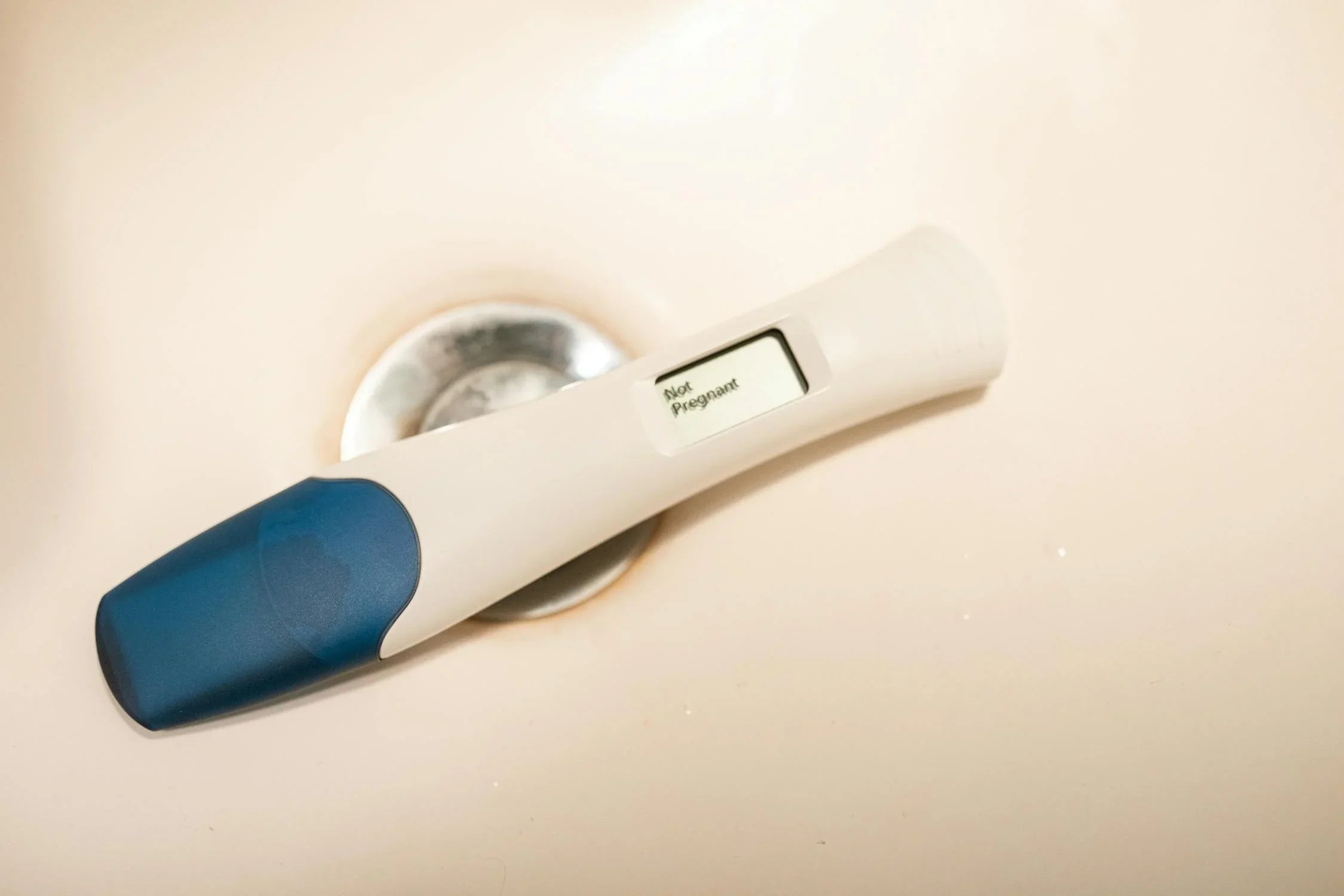Accueil
Pregnancy, Breastfeeding, and Pumping: The Ultimate Guide for Moms
How Soon Would a Pregnancy Test Be Positive: A Comprehensive Guide

How Soon Would a Pregnancy Test Be Positive: A Comprehensive Guide
When it comes to finding out if you're expecting, timing is everything. The question 'how soon would a pregnancy test be positive' is one that many women ask, especially when they're eager to know if they're pregnant. The answer depends on several factors, including the type of test you use, the sensitivity of the test, and when implantation occurs. This article will guide you through everything you need to know about pregnancy testing, from the earliest signs of pregnancy to the best time to take a test for accurate results.
Understanding Pregnancy Tests
Pregnancy tests work by detecting the presence of human chorionic gonadotropin (hCG), a hormone produced by the placenta shortly after a fertilized egg attaches to the uterine lining. The level of hCG in your body increases rapidly in the early stages of pregnancy, doubling approximately every 48 to 72 hours. Most pregnancy tests are designed to detect hCG in urine, although some can also detect it in blood.
Types of Pregnancy Tests
There are two main types of pregnancy tests: urine tests and blood tests. Urine tests are the most common and can be done at home, while blood tests are typically performed in a healthcare setting. Home pregnancy tests vary in sensitivity, with some able to detect lower levels of hCG earlier than others. Blood tests, on the other hand, can detect pregnancy even earlier than urine tests, sometimes as soon as six to eight days after ovulation.
How Soon Can You Take a Pregnancy Test?
The timing of when you can take a pregnancy test depends on when implantation occurs. Implantation usually happens about six to ten days after ovulation, although it can vary from woman to woman. Once implantation occurs, hCG levels begin to rise, and a pregnancy test may be able to detect it. However, for the most accurate results, it's generally recommended to wait until after you've missed your period to take a pregnancy test. Testing too early can result in a false negative, even if you are pregnant.
Factors That Affect Test Accuracy
Several factors can influence the accuracy of a pregnancy test, including the sensitivity of the test, the time of day you take the test, and how well you follow the instructions. Some tests are more sensitive than others and can detect lower levels of hCG earlier in pregnancy. Additionally, taking the test first thing in the morning, when your urine is most concentrated, can increase the likelihood of getting an accurate result. It's also important to follow the instructions carefully, as improper use can lead to inaccurate results.
Early Signs of Pregnancy
While waiting to take a pregnancy test, you may notice some early signs of pregnancy. These can include missed periods, nausea, breast tenderness, fatigue, and frequent urination. However, these symptoms can also be caused by other factors, so they're not definitive proof of pregnancy. If you experience these symptoms and suspect you might be pregnant, it's a good idea to take a pregnancy test to confirm.
When to See a Doctor
If you've taken a pregnancy test and received a positive result, it's important to schedule an appointment with your healthcare provider. They can confirm the pregnancy with a blood test and provide guidance on prenatal care. If you receive a negative result but still suspect you might be pregnant, it's a good idea to wait a few days and take another test, as hCG levels may not have been high enough to detect the first time.
Knowing how soon a pregnancy test can be positive can help you plan when to take the test for the most accurate results. By understanding the factors that influence test accuracy and recognizing the early signs of pregnancy, you can increase your chances of getting a reliable result. Whether you're hoping for a positive or negative outcome, being informed and prepared is the best way to navigate this important moment in your life.
Partager

